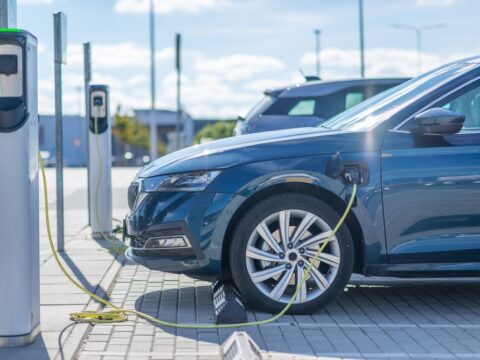The future of military vehicles is being shaped by groundbreaking advancements and emerging technologies. From autonomous systems to sustainable materials, these innovations are revolutionizing how military operations are conducted. Here are 14 key forces that are driving these changes and transforming the landscape of military vehicles.
Contents
Autonomous Technology

Autonomous technology is revolutionizing military vehicles by enabling unmanned operations, which significantly reduces risks to personnel. This advancement allows for missions in hostile environments without endangering human lives. Advanced sensors and AI capabilities enable these vehicles to navigate complex terrains and make real-time decisions.
Hybrid and Electric Propulsion
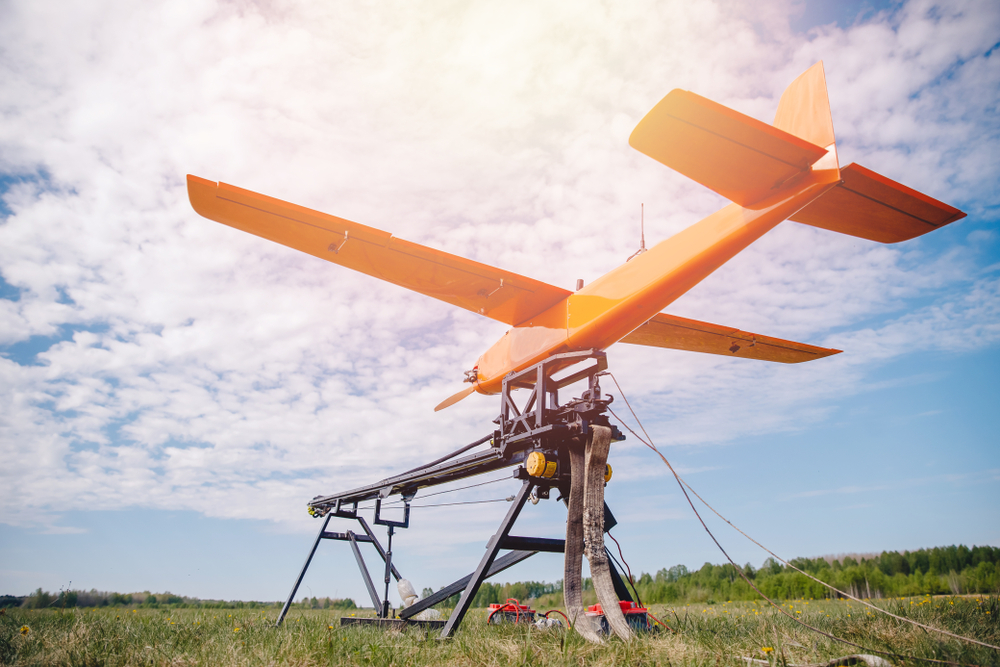
Hybrid and electric propulsion systems are transforming military vehicles by reducing dependency on fossil fuels. These systems offer the advantage of quieter operation, crucial for stealth missions. Additionally, they enhance fuel efficiency, leading to extended operational ranges.
Advanced Armor Materials
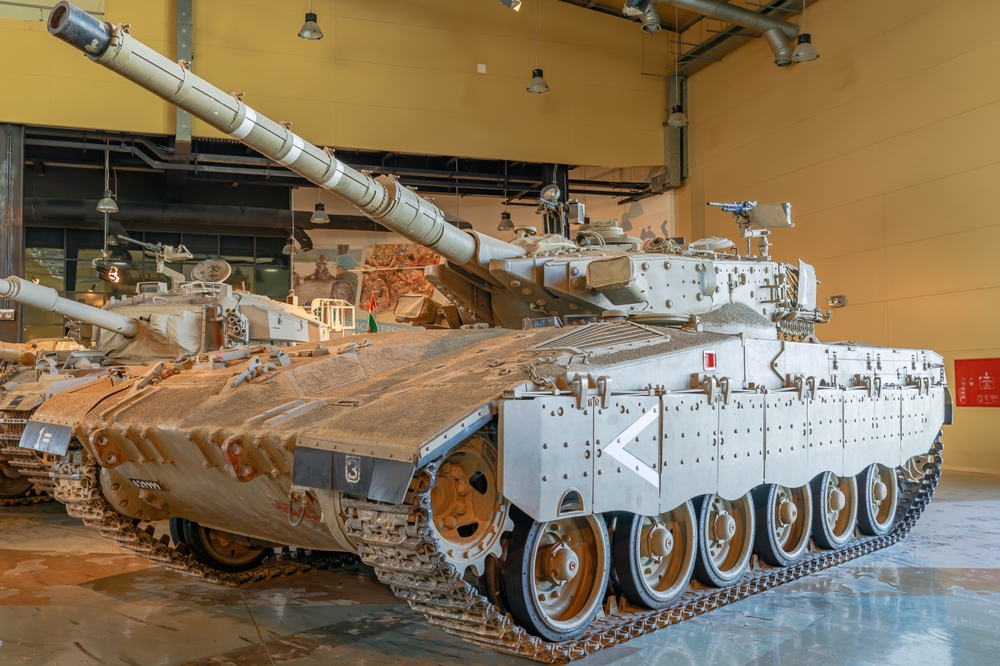
Innovations in armor materials are enhancing the survivability of military vehicles. Modern composites and reactive armors provide superior protection against contemporary threats like IEDs and RPGs. These new materials are also lighter, allowing for more agile and faster vehicles. Continuous development in this area ensures better protection for troops while maintaining vehicle performance.
Cybersecurity Measures

With military vehicles becoming increasingly connected, cybersecurity has become a critical focus. Protecting vehicles from cyber-attacks ensures the integrity and functionality of their systems. Advanced encryption and intrusion detection systems are now essential to safeguard against hacking and electronic warfare. Effective cybersecurity measures are vital for maintaining the operational readiness of modern military fleets.
Modular Design
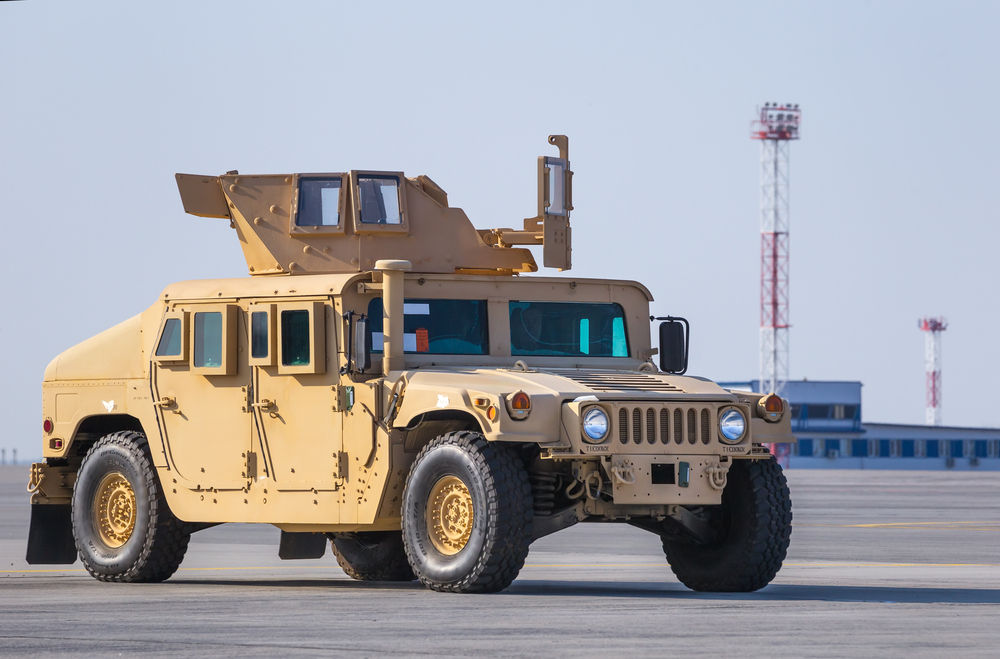
Modular design is revolutionizing military vehicles by allowing rapid customization and upgrades. This flexibility enables vehicles to be quickly adapted for different missions and threat environments. Modular components can be easily replaced or upgraded, extending the vehicle’s life cycle. This approach reduces costs and improves logistical efficiency in maintaining a versatile fleet.
Enhanced Mobility
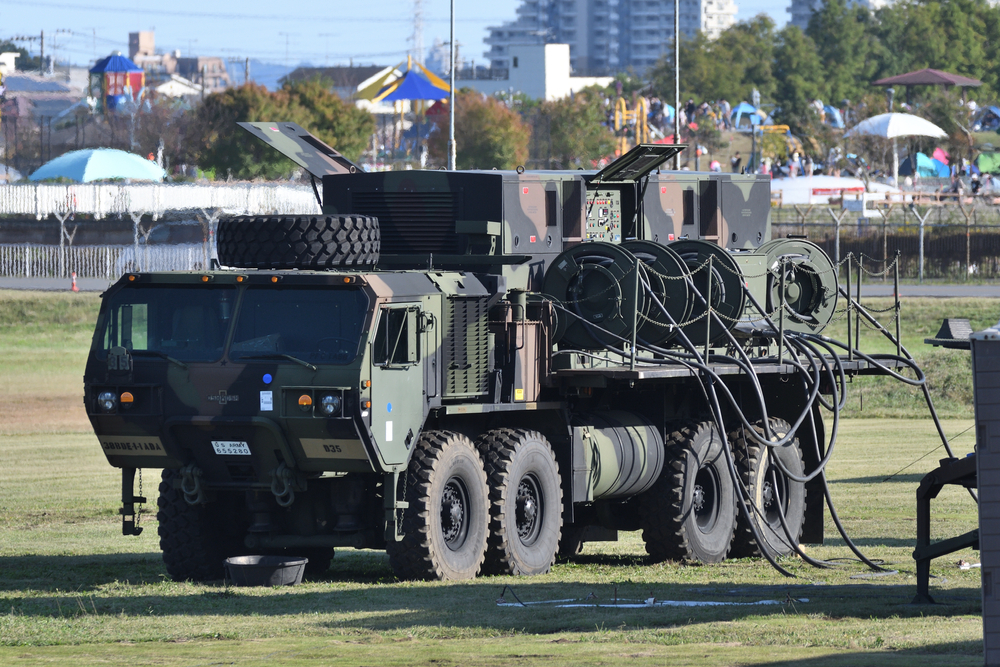
Enhanced mobility features are transforming how military vehicles navigate diverse terrains. Advanced suspension systems, adaptive tracks, and improved drivetrains enable better maneuverability in challenging environments. These advancements ensure vehicles can operate effectively in urban, desert, and mountainous regions.
Directed Energy Weapons
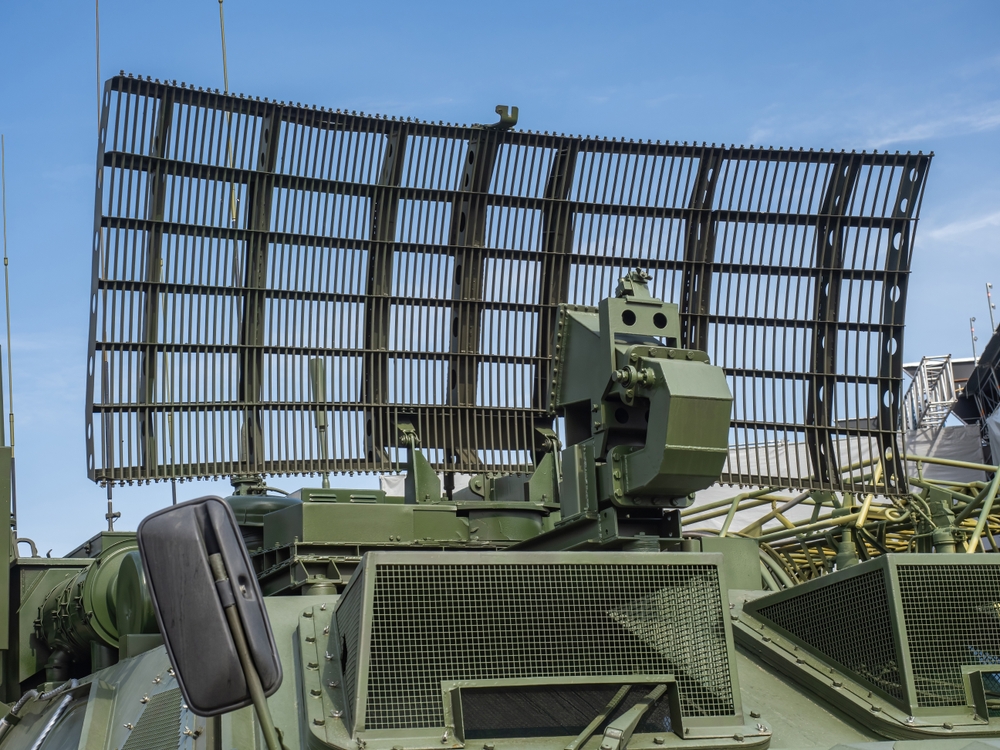
Directed energy weapons, such as lasers, are being integrated into military vehicles for defense against drones and incoming projectiles. These weapons offer precise targeting with minimal collateral damage. They also provide an unlimited “ammunition” supply as long as there is power, making them a cost-effective solution. Directed energy weapons are set to become a staple in future military vehicle arsenals.
Enhanced Communication Systems
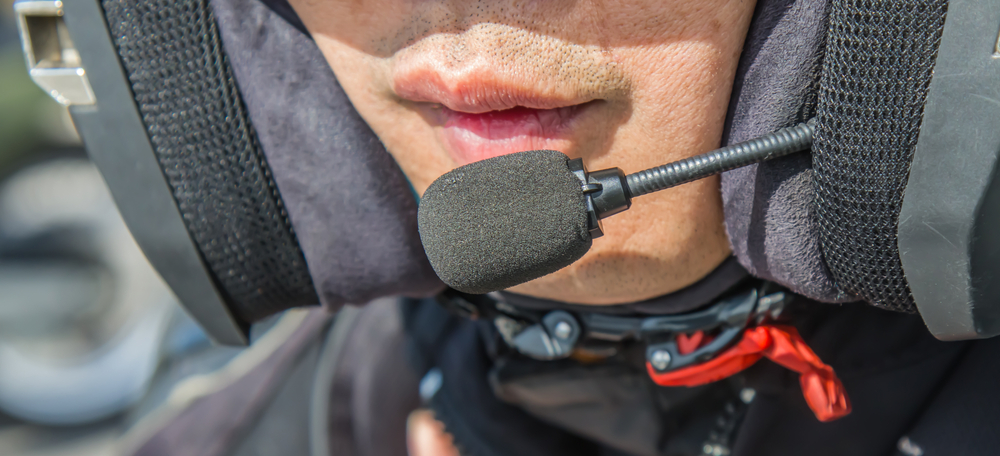
Advanced communication systems ensure seamless connectivity between military vehicles and command centers. Secure and reliable communication is essential for coordinating operations and sharing intelligence. Modern vehicles are equipped with encrypted radios, satellite communications, and data link systems. These enhancements significantly improve situational awareness and mission success rates.
Big Data Analytics

Big data analytics is optimizing the performance and maintenance of military vehicles. By analyzing data from sensors and operational reports, predictive maintenance schedules can be created. This reduces the likelihood of vehicle failures and extends their operational lifespan. Additionally, big data helps in strategic planning and resource allocation for military operations.
Amphibious Capabilities
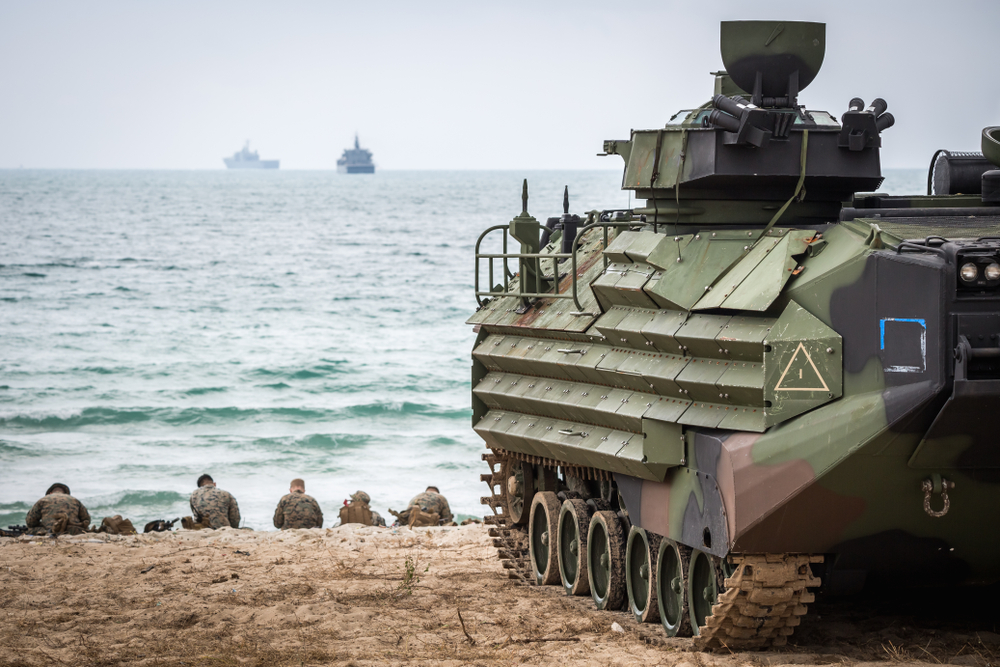
Amphibious capabilities are being enhanced, allowing military vehicles to operate seamlessly between land and water. Modern amphibious vehicles can transition quickly from terrestrial to aquatic environments, providing strategic advantages in coastal and riverine operations. These vehicles are crucial for rapid deployment and surprise maneuvers.
Nano-Technology
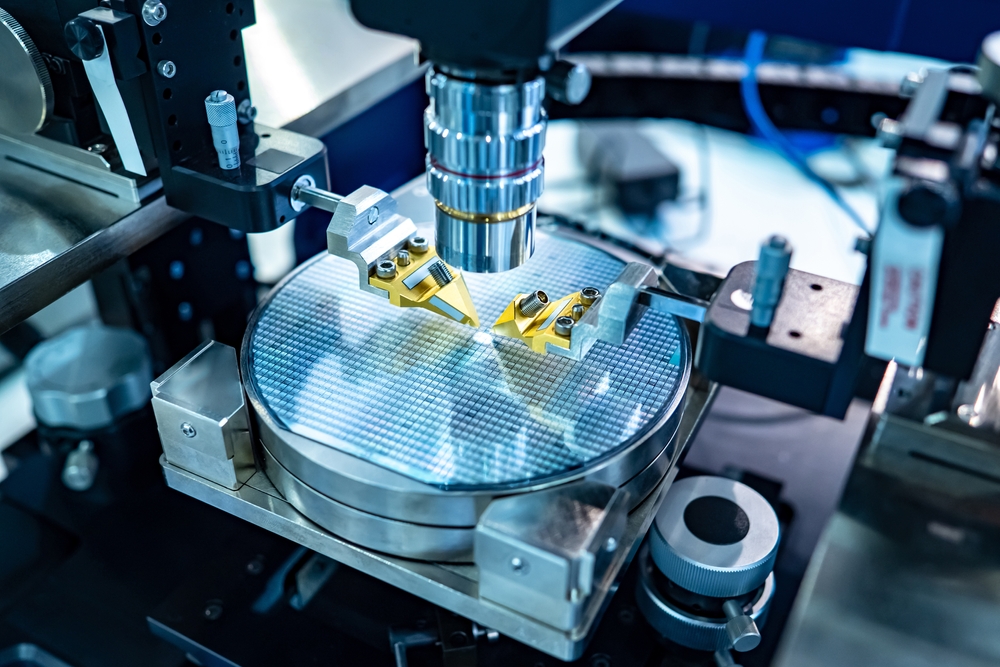
Nano-technology is being applied to military vehicles to improve various aspects, including materials, sensors, and energy storage. Nano-materials offer stronger, lighter, and more durable components. Nano-sensors enhance the detection of chemical, biological, and radiological threats. The application of nano-technology leads to more resilient and efficient military vehicles.
Hybrid Warfare Adaptation
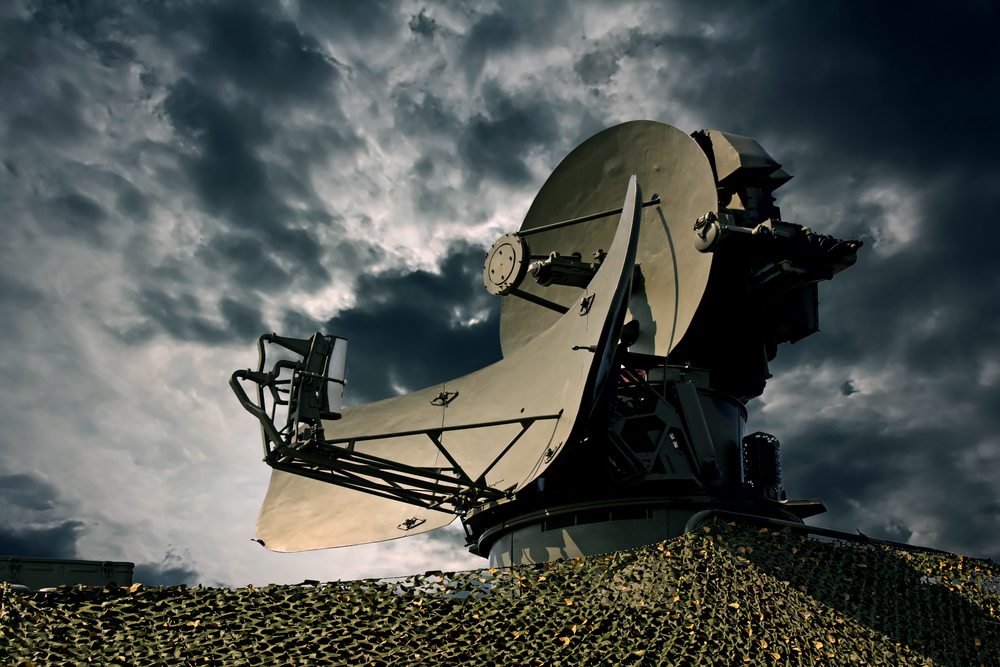
Adaptation to hybrid warfare is shaping the design and functionality of military vehicles. Modern conflicts involve a mix of conventional and unconventional tactics, requiring versatile and adaptable vehicles. Features like electronic warfare capabilities, counter-IED systems, and urban combat enhancements are being integrated.
3D Printing

3D printing technology is revolutionizing the production and maintenance of military vehicles. Parts can be rapidly produced and replaced in the field, reducing downtime and logistical challenges. This technology also allows for the creation of customized components tailored to specific mission needs.
Augmented Reality (AR) Interfaces

Augmented Reality (AR) interfaces are being integrated into military vehicle cockpits and control systems. AR provides real-time overlays of battlefield information, improving situational awareness and decision-making. This technology allows operators to visualize threats and navigate complex environments more effectively.
This article originally appeared in MyCarMakesNoise.
More from MyCarMakesNoise
12 Unmanned Space Probes Exploring Our Solar System

The exploration of our solar system has been significantly advanced by unmanned space probes. These remarkable spacecraft have journeyed to distant planets, moons, and even beyond the solar system, providing invaluable data and breathtaking images. Read More.
14 High-Value Antique Tractors for Collectors

Antique tractors hold a special place in the hearts of collectors, combining nostalgia with engineering marvels of the past. These machines, once vital to farming, now stand as cherished relics of agricultural history. Read More.
15 Worst Cars for Resale Value
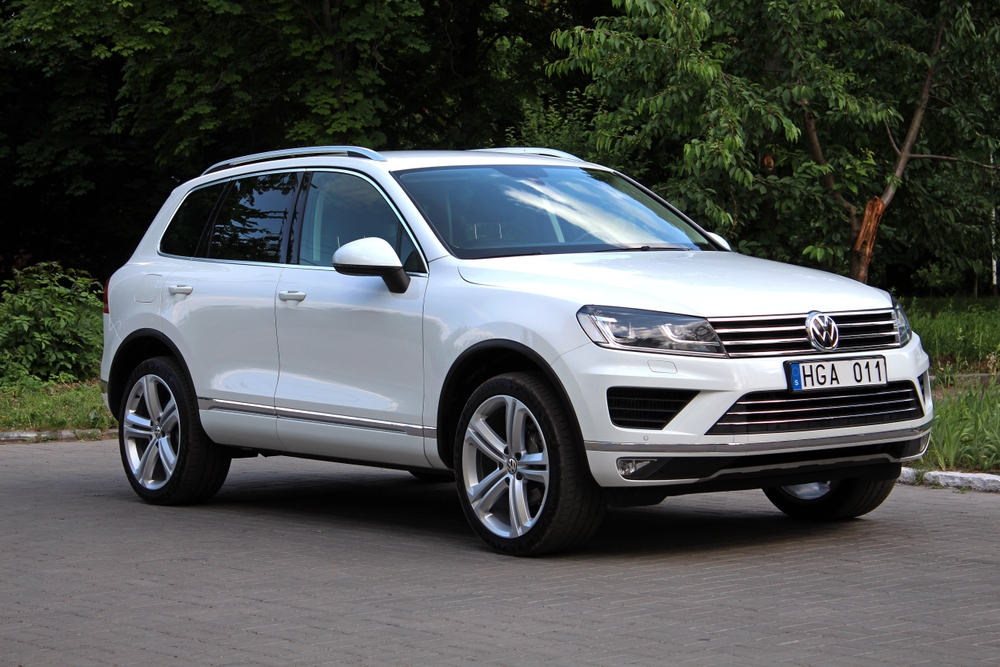
Buying a car is a significant investment, and while the allure of a shiny new vehicle can be strong, it’s crucial to consider the long-term financial implications of your purchase. Depreciation is a car buyer’s stealthiest expense, quietly eroding the value of a vehicle over time. Read More.




